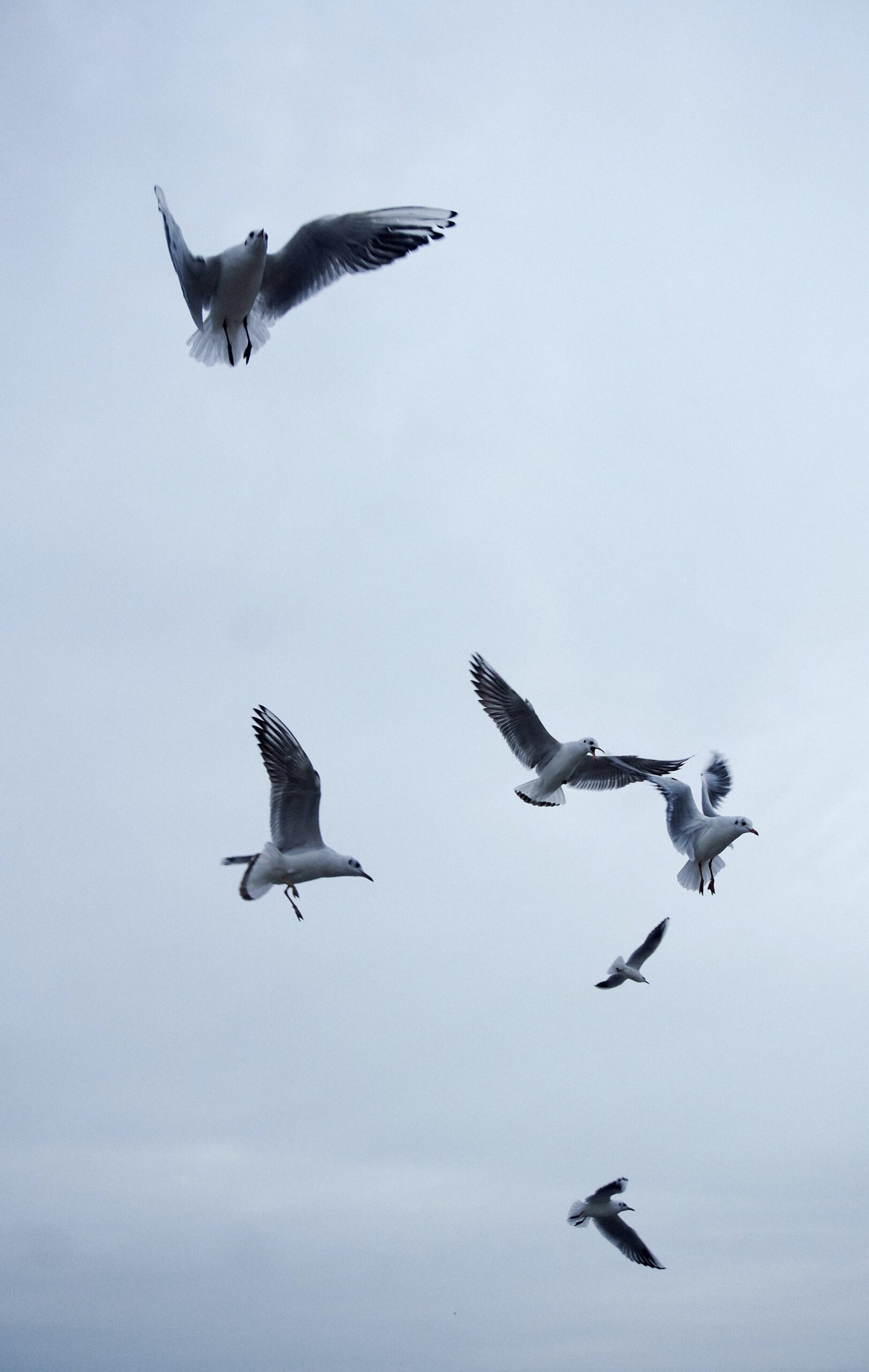
If you’ve ever wondered how to keep your chickens from soaring over fences and into the neighbor’s yard, then you’ve come to the right place! In this article, we’ll show you the simple and humane technique of clipping a chicken’s wings to prevent flight. Whether you’re a seasoned chicken owner or just starting out, this step-by-step guide will help you keep your feathery friends safe and secure within their designated space. So, let’s dive into the fascinating world of chicken care and learn how to give our beloved birds the freedom to roam while ensuring they stay grounded.
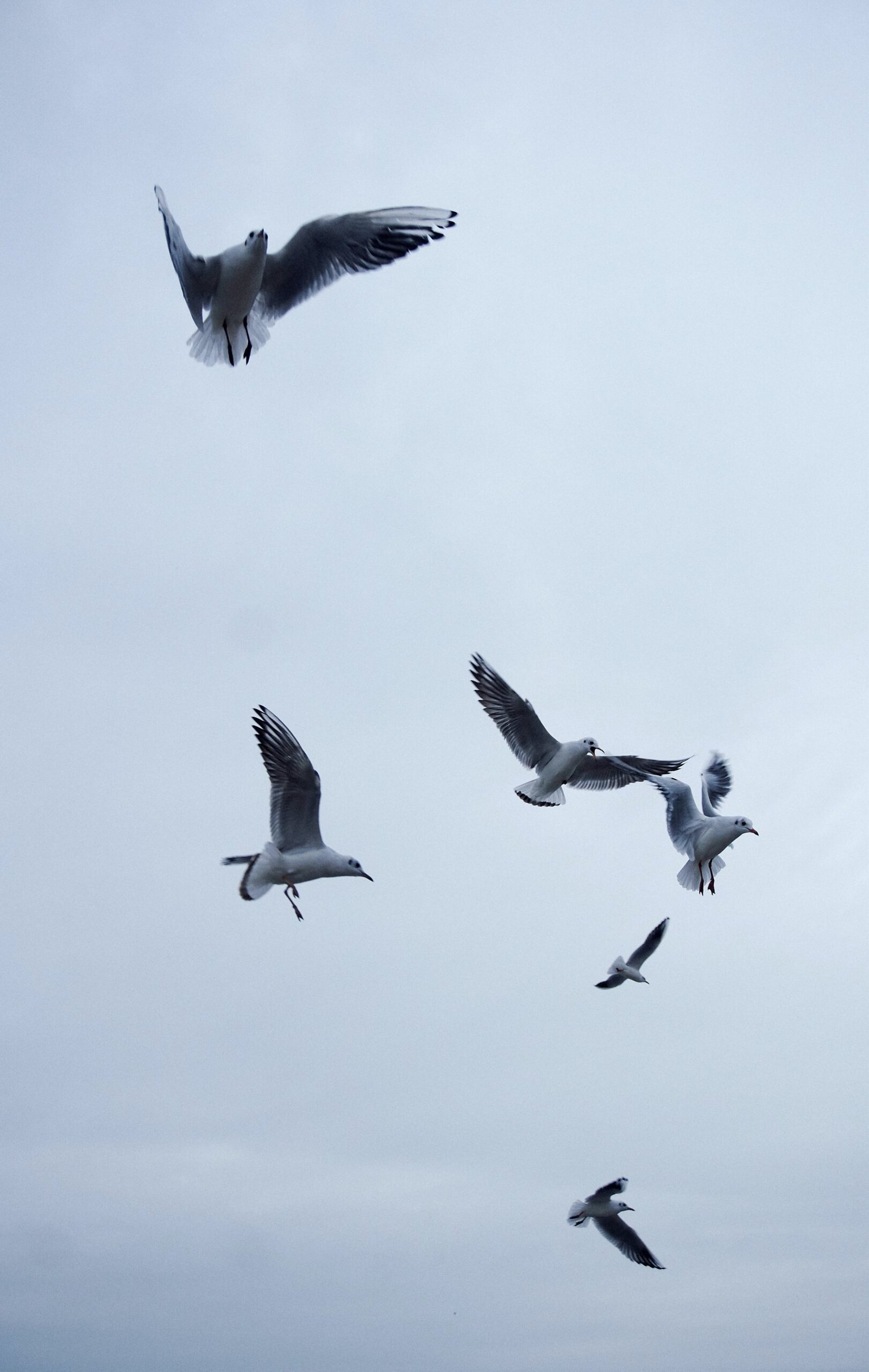
Getting Started
Understanding the Importance of Clipping Chicken Wings
If you own backyard chickens, one essential aspect to consider is preventing them from flying over fences or escaping into unwanted areas. This is where wing clipping comes in handy. Clipping a chicken’s wings is a safe and effective way to limit their ability to fly, keeping them within a designated area and ensuring their safety. By understanding the importance of clipping chicken wings, you can create a secure environment for your feathery friends.
Gathering the Necessary Supplies
Before you can start clipping your chicken’s wings, it is crucial to gather all the necessary supplies. This ensures a smooth process and minimizes any potential stress on the chicken. Here are the supplies you will need:
-
Sharp scissors or poultry shears: Invest in a good pair of sharp scissors or poultry shears specifically designed for this purpose. Using dull or inappropriate tools may cause discomfort or injury to the chicken.
-
Styptic powder or cornstarch: Accidents happen, and there is a chance of a bleeding feather shaft during the clipping process. To stop the bleeding, have styptic powder or cornstarch on hand. These products help promote clotting and prevent excessive bleeding.
-
Treats: To make the experience less stressful for your chicken, have some treats ready as a reward for their cooperation. Your feathered companions will appreciate a tasty snack once the clipping is complete.
-
An extra pair of hands: Clipping chicken wings is not a one-person job. Having an extra set of hands to assist you during the process ensures better control and safety for both you and the chicken.
Now that you have gathered all the necessary supplies, it’s time to prepare for clipping.
Preparing for Clipping
Choosing the Right Time and Age
Timing is crucial when it comes to clipping chicken wings. It’s best to wait until your chickens have reached a suitable age and size. Typically, it is recommended to wait until the chickens are around 10-12 weeks old when their wings have fully grown and feathered out. At this age, the wing feathers are long enough to clip without causing any harm. Be sure not to delay the clipping process beyond this age, as your chickens may have already developed the ability to fly.
Observing the Chicken’s Flight Abilities
Before proceeding with clipping, take some time to observe your chickens’ flight abilities. By doing so, you can determine whether wing clipping is even necessary. Some chicken breeds are not strong fliers and may not have the propensity to fly over fences or escape their enclosures. If you notice that your chickens are not attempting to fly or are unable to gain much height, wing clipping may not be essential for them.
Preparing a Safe and Clean Environment
To create a safe and stress-free environment for both you and your chickens, it is essential to prepare the clipping area beforehand. Make sure the area is clean, free of any sharp objects or potential hazards. You can consider placing a non-slip mat on a table or having someone assist in holding the chickens securely but gently during the process. Additionally, ensure that there is ample lighting to see clearly and avoid accidents.
Now that you have prepared the environment, it’s time to learn the techniques for clipping chicken wings.
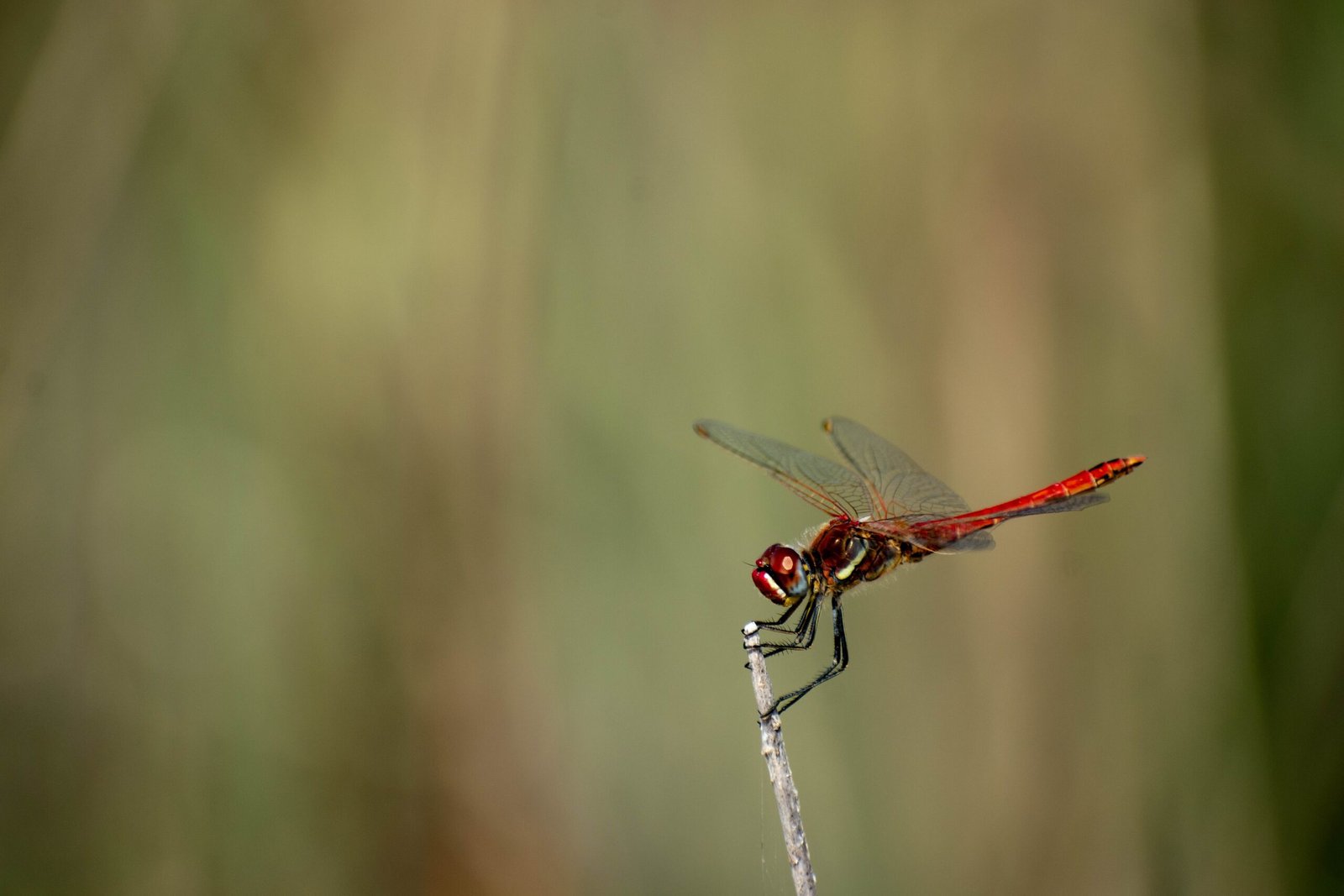
Clipping Techniques
Determining the Amount of Wing to Clip
When clipping a chicken’s wings, it is important to trim only certain feathers to limit their flight abilities while still allowing them to glide safely to the ground. The primary flight feathers, located at the end of each wing, are the ones that need trimming. These feathers provide the most lift and control during flight. By clipping the primary flight feathers, you prevent your chickens from achieving full flight while still enabling them to flutter down gently.
Two Common Clipping Methods
There are two common methods for clipping chicken wings: the primary flight feathers method and the one-wing clip method. Let’s explore each technique in detail.
Clipping Method 1: Primary Flight Feathers
Understanding the Primary Flight Feathers
The primary flight feathers are the long feathers located at the ends of a chicken’s wings. They are responsible for providing lift and control during flight. When clipping a chicken’s wings using the primary flight feathers method, you will be trimming only these specific feathers.
Clipping Technique Step by Step
-
Gently catch the chicken and hold it securely but softly. Ensure that you have a firm grip without putting too much pressure on the bird.
-
Spread out one of the chicken’s wings and locate the primary flight feathers at the end of the wing. These feathers are usually longer and more prominent than the secondary feathers.
-
Examine the feathers and identify the last few primary feathers that are attached to the wing bone. These are the feathers you will be trimming.
-
Using sharp scissors or poultry shears, carefully trim the primary feathers on that wing. Be cautious not to cut too close to the wing bone to avoid causing pain or injury.
-
Repeat the process for the other wing, ensuring that you trim the same number of primary feathers to maintain balance and prevent flight.
Aftercare and Rechecking
After clipping the chicken’s wings, ensure that the bird is calm and settled before releasing it. Check for any bleeding from the trimmed feathers and apply styptic powder or cornstarch if necessary. Allow your chicken some downtime to adjust to their limited flying capabilities. It’s important to recheck the trimmed feathers regularly, as they will eventually molt and grow back. Therefore, maintaining vigilance is crucial to prevent unexpected flight from your chickens.
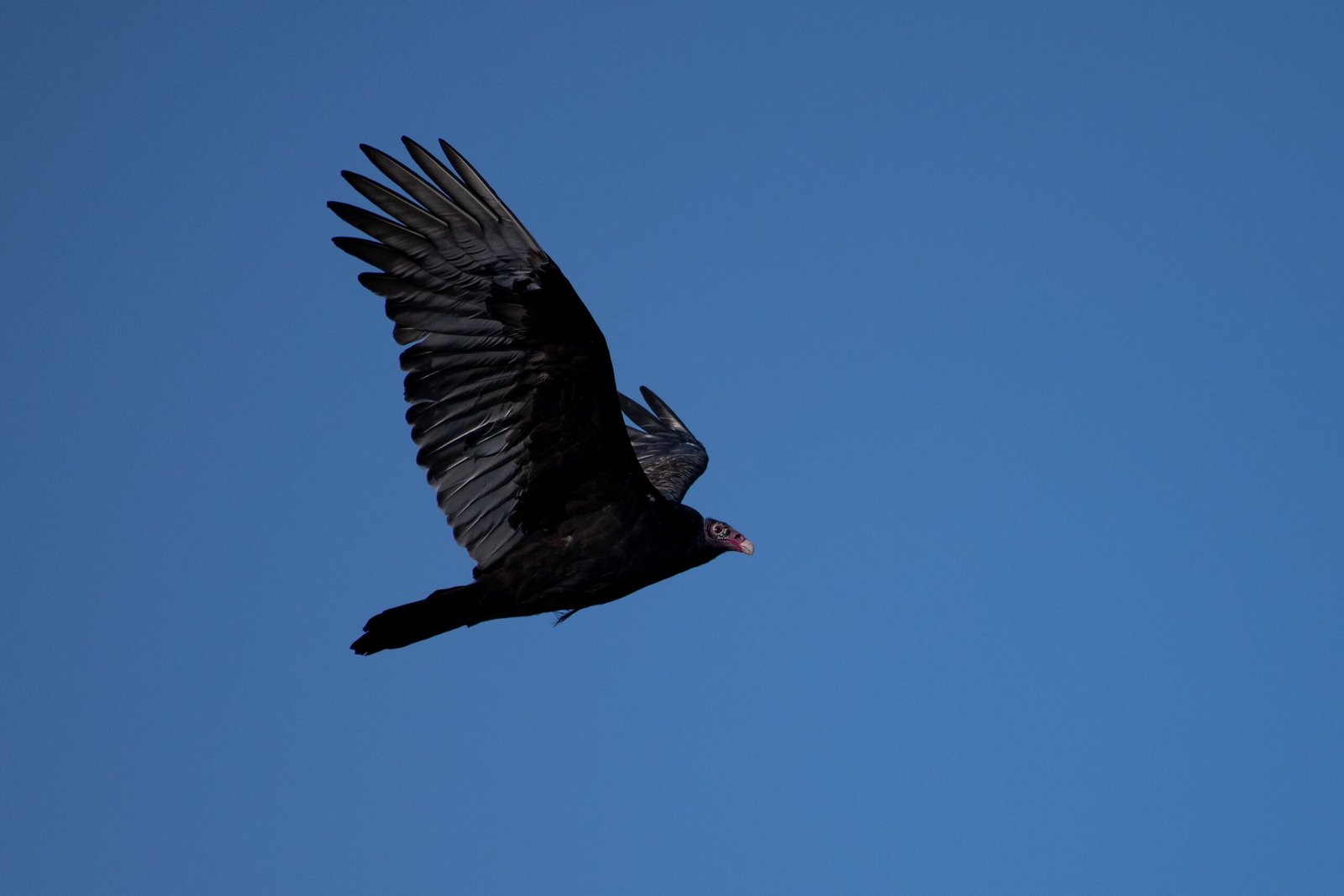
Clipping Method 2: One-Wing Clip
Understanding the One-Wing Clip Method
The one-wing clip method involves trimming the primary flight feathers on only one wing while leaving the other wing intact. This technique disrupts the chicken’s balance during flight, making it challenging for them to achieve prolonged or high flight.
Clipping Technique Step by Step
-
Follow the same steps for securing and holding your chicken as described for the primary flight feather method.
-
Instead of trimming the primary feathers on both wings, focus on only one wing. Locate the primary flight feathers on that specific wing and trim them carefully, following the same guidelines as mentioned before.
-
Once the feathers are trimmed on one wing, leave the other wing untouched.
Aftercare and Rechecking
After completing the one-wing clip, handle your chicken with care and observe their behavior. Allow time for the bird to adjust to the changes in balance and flight capability. Monitor the trimmed wing regularly to ensure the feathers are growing back as expected. It’s important to note that the one-wing clip method requires extra vigilance as the chicken can still attempt flight, albeit with reduced capacity.
Other Considerations
Consulting a Professional
If you’re unsure about clipping your chicken’s wings or feel uncomfortable performing the procedure yourself, it is advisable to consult a professional. Veterinarians or experienced poultry handlers can guide you through the process, ensuring the safety and well-being of your chickens.
Alternatives to Clipping
While wing clipping remains a popular method for preventing flight, there are alternatives available. Chicken-proofing your property by securing fences, installing covers, or building taller enclosures can eliminate the need for wing clipping. These alternatives provide a natural and unrestricted environment for your chickens while still protecting them from escaping.
Potential Dangers and Risks
Clipping chicken wings, when done correctly and with care, is generally safe for the birds. However, it’s essential to be cautious during the process. Cutting too close to the wing bone or accidentally causing injury can lead to pain and stress for your chickens. Additionally, if the wings are not properly rechecked and maintained, trimmed feathers may grow back, allowing the chicken to regain flight capabilities. Regular monitoring and necessary aftercare are crucial to avoid these risks.
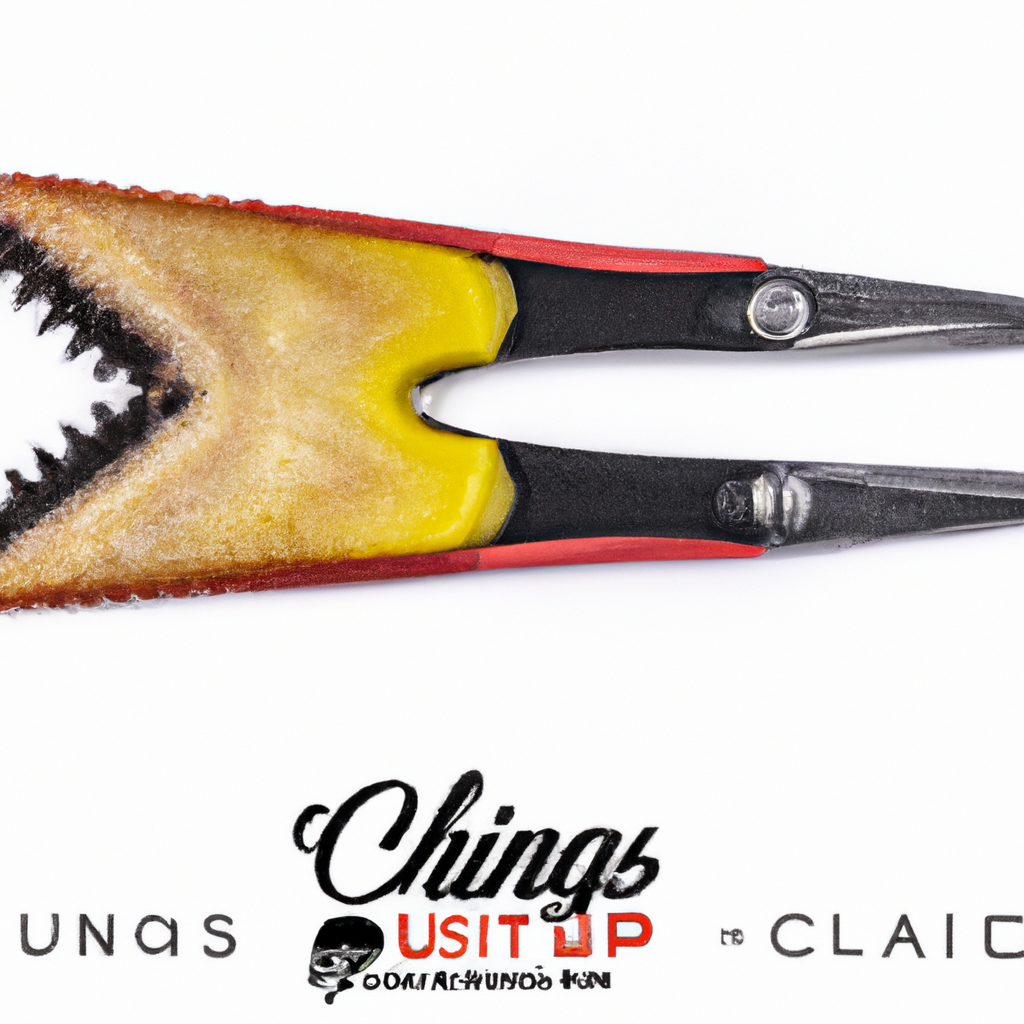
Conclusion
In conclusion, understanding the importance of clipping chicken wings is vital for creating a safe environment for your feathered companions. By choosing the right time and age, observing flight abilities, and preparing a suitable environment, you can ensure a stress-free clipping process. The primary flight feathers and one-wing clip methods offer effective techniques for limiting flight while maintaining the chickens’ well-being. However, it’s important to consider alternatives to clipping and consult professionals if needed. By being mindful of potential dangers and risks associated with wing clipping, you can provide your chickens with a secure and enjoyable home.







